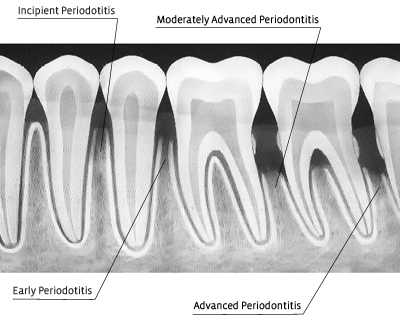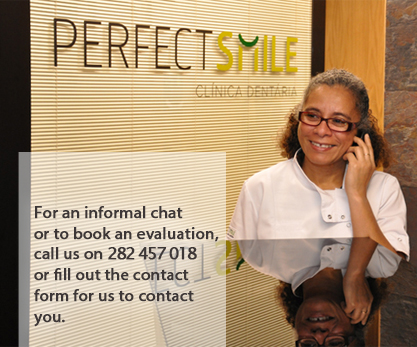 Periodontal Disease Management
Periodontal Disease Management
Periodontal or gum disease is one of the leading cause of tooth loss among adults and is the most common disease in the world with estimates suggesting that 3 out of every 4 people unknowingly have some form of the disease. Gum Disease is a transmissible, bacterial infection that can destroy the attachment fibres and supporting bone that holds teeth in your mouth.
It is caused by plaque, a colorless film of bacteria that forms on our teeth. A person's reaction to the bacteria determines the severity of the resulting disease. Our ability to fight this infection can vary from day to day; week to week, depending on what else is going with our life and health.
Plaque is most harmful when these bacteria form into colonies, which takes about 24 hours. If not removed daily, plaque mixes with sugars and starches in the diet to form acids and other by-products in saliva. Plaque irritates the gums causing them to become red, tender and swollen. If not removed, the plaque hardens to form calculus (tartar) around the necks of the teeth.
Eventually, the tissue that attaches the gums to the teeth is destroyed by the irritants in the plaque, the gums pull away from the teeth and small pockets form between the teeth and gums. These products become filled with more plaque. Finally, the jawbone supporting the teeth is destroyed.
X-ray views on the progression of Periodontal/Gum Disease:

This condition requires removal and control of the disease and deep cleansing treatments to remove stubborn, chronic bacterial infection. Strict attention to oral hygiene and attendance to periodic appointments is essential. In over70% of cases a nonsurgical treatment regimen can be achieved.
Diagnosis and Evaluation
Step 1: Assessment
An accurate assessment and diagnosis of the dental problem and the level of damage caused by the disease will be performed. In order to make his assessment the dentist will use a Parodontogram, through which the severity of the periodontal disease can be measured.
A tailored periodontal treatment plan will be created and discussed with the patient.
Step 2: Treatment - Non Surgical
Diseased or damaged teeth will, wherever possible be managed non surgically.
Teeth that are unable to be salvaged will be extracted painlessly. The remaining viable teeth will undergo specialised disinfecting treatments to promote healing.
In order to maximise the effectiveness of the treatment, patients will be given preventative dental healthcare counselling. The first follow up appointment for re-assessment will be made in 4- 6 weeks.
Step 3: Re-assessment & Surgical Treatment
At the follow up appointment further evaluation will be made of the level of healing and remaining disease.
In the more severe cases, surgical intervention may be necessary to regenerate lost tissues, and halt progression of the disease if still active.
Step 4: Future Maintenance:
It is essential all clients attend diligently to their individual maintenance plan, created and tailored by the dentist to the clients individual requirements.
Periodic appointments will be booked for assessment and cleaning. The standard is 2 visits a year but may be higher for complex cases.











